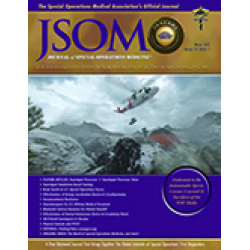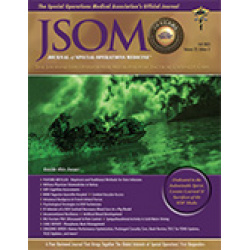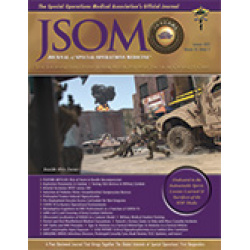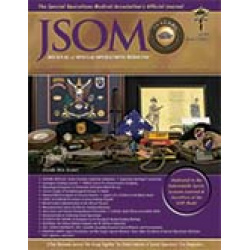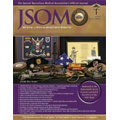Latest Products
Efficacy of Commercial Chest Seal Adherence and Tension Pneumothorax Prevention: A Systematic Review of Quantitative Studies
21(3). 78 - 85 (Journal Article)
Background: Penetrating thoracic injuries account for an essential subset of battlefield and civilian injuries that result in death. Current recommendations are to use commercially available nonocclusive chest seals. We review current evidence for which chest seal(s) is likely to be the most effective in treating open pneumothoraces. Methods: A systematic review was conducted in accordance with the PRIMSA 2009 standard systematic review methodology, except where noted. The databases Pubmed, MEDLINE, CINAHL, Scopus, and gray sources were searched for all English-language, full-manuscript, experimental, quantitative studies of humans and animals concerning seal adherence or their efficacy at preventing tension pneumothoraces published between 1990 and 2020. A numerical analysis was used to provide the consensus recommendation. Results: Of 683 eligible identified articles [PubMed 528 (77.3%), Scopus 87 (12.7%), CINAHL 67 (9.8%), one (0.1%) unpublished], six (0.9%) articles were included. Synthesis of all studies' results suggests a consensus recommendation for the Hyfin Vent Chest Seal and Russell Chest Seal. These two were the most effective chest seals, as previously investigated in a quantifiable, experimental study. Conclusion: While chest seals are recommended in civilian and military prehospital medicine to improve patient survival, current evidence concerning the individual device's efficacy is limited. Further scientific, quantitative research is needed to clarify which commercially available chest seals are most effective and provide patients with penetrating chest trauma the best possible method for preventing or mitigating tension pneumothoraces.


 Español
Español 